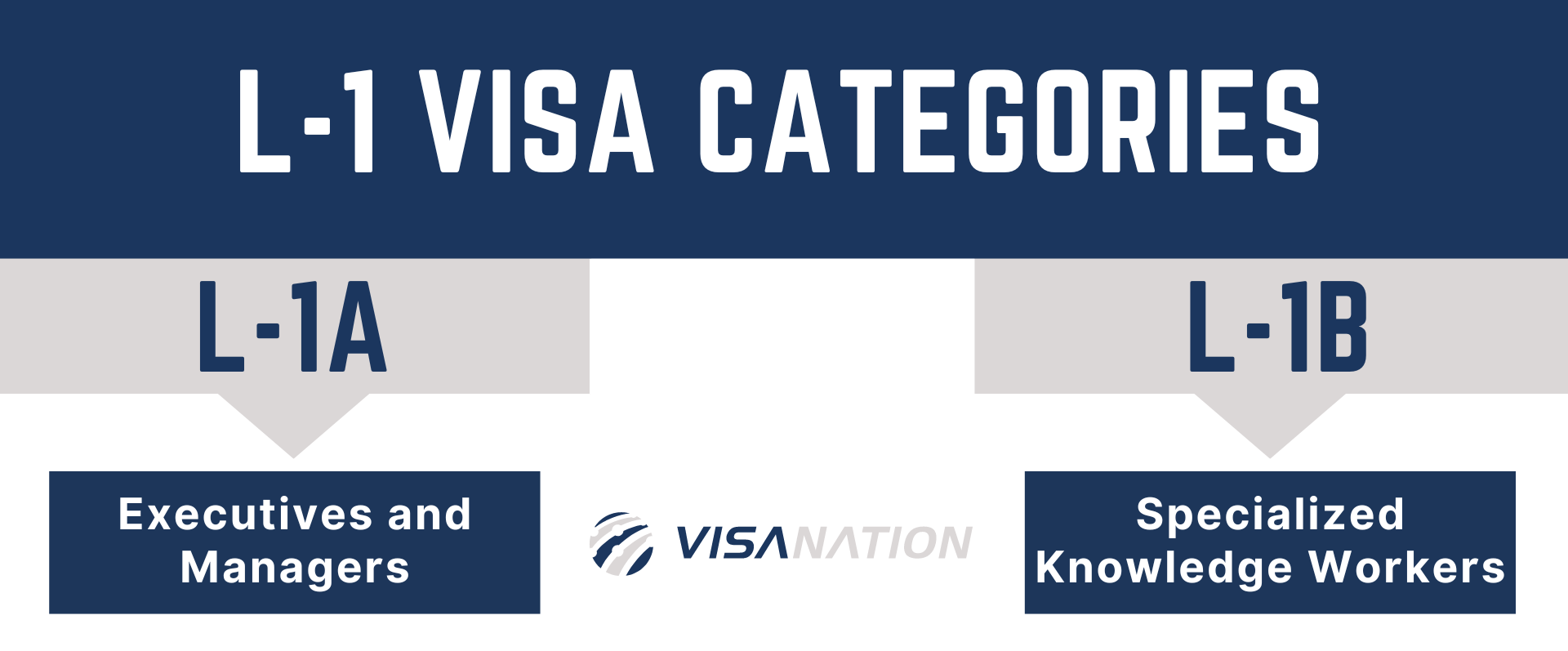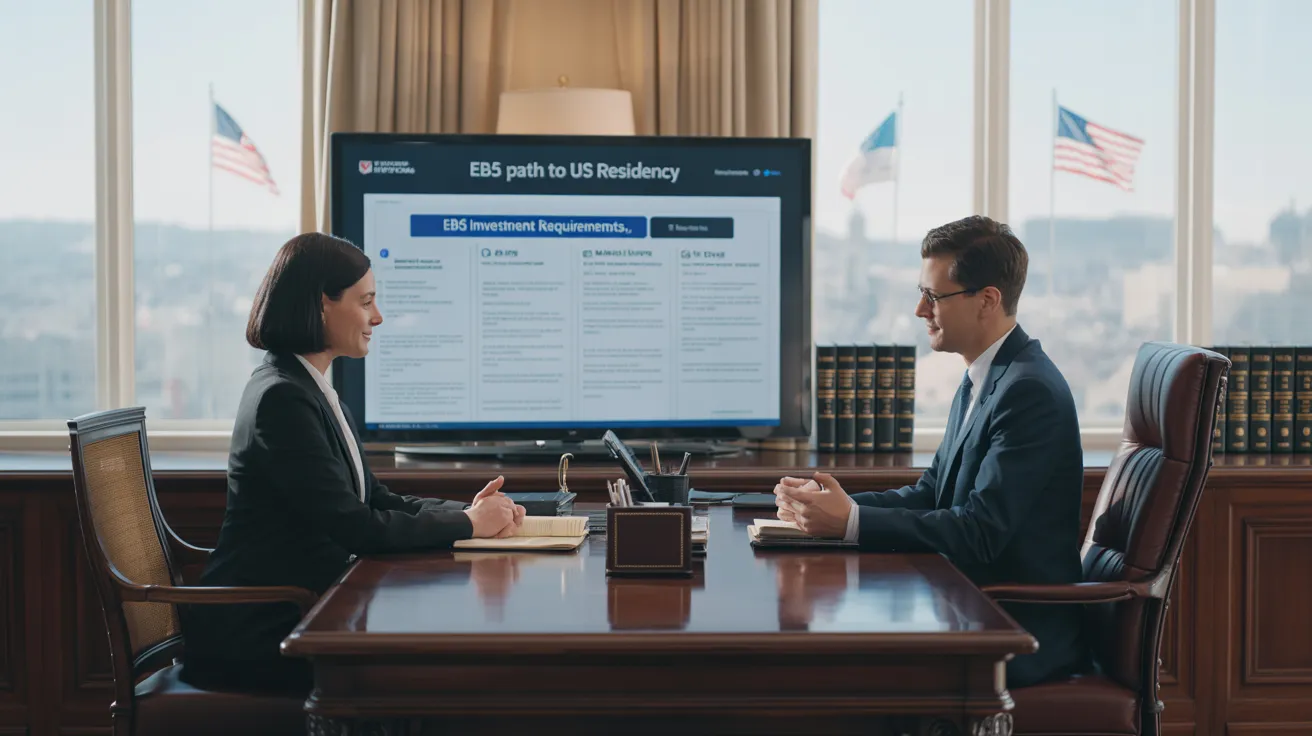The Of L1 Visa
Table of ContentsAbout L1 Visa4 Simple Techniques For L1 VisaGet This Report about L1 VisaAn Unbiased View of L1 VisaA Biased View of L1 VisaAbout L1 Visa4 Simple Techniques For L1 Visa
The L-1 visa is an employment-based visa category developed by Congress in 1970, enabling multinational companies to move their supervisors, executives, or key workers to their U.S. operations. It is frequently referred to as the intracompany transferee visa.Additionally, the recipient needs to have functioned in a supervisory, exec, or specialized staff member setting for one year within the three years preceding the L-1A application in the international firm. For brand-new office applications, foreign employment must have been in a supervisory or executive capacity if the beneficiary is coming to the United States to function as a manager or exec.
for as much as 7 years to manage the operations of the united state associate as an executive or manager. If provided for a united state business that has been functional for more than one year, the L-1A visa is at first given for up to 3 years and can be prolonged in two-year increments.
Everything about L1 Visa
If given for a united state firm operational for even more than one year, the first L-1B visa is for approximately 3 years and can be expanded for an additional two years. Alternatively, if the united state company is newly developed or has been functional for less than one year, the preliminary L-1B visa is released for one year, with expansions offered in two-year increments.
business. The optimum remain allowed by each visa also differs. L-1A visa owners can remain in the U.S. for as much as 7 years, while L-1B visa owners can work in the U - L1 Visa.S. for as much as 5 years. L-1A visa can cause an EB-1C immigrant visa, whereas L-1B visa can not lead directly to irreversible house condition.


On the other hand, if you possess unique or sophisticated knowledge within your business, you may be qualified for transfer to the U.S. to use your specialized skills. The L-1 visa procedure involves complex procedures, necessitating complete documents and cautious examination of lawful needs on a case-by-case basis. In this regard, the assistance of a migration attorney is important for making sure the effective completion of the process.
The L-1 visa stands as a vital tool for global organizations, helping with the transfer of key workers in between abroad and united state branches. Browsing the intricacies of this visa category can be intimidating. To drop light on this subject, we've compiled a detailed guide addressing the most regularly asked questions concerning the L-1 visa: At its core, the L-1 visa allows international companies to move specific workers from consular services to U.S.
Some Ideas on L1 Visa You Should Know
entities, such as parent, subsidiary, or associate. Furthermore, the worker being moved L1 Visa attorney need to have benefited the abroad company for at least one constant year within the preceding 3 years. Specialized expertise refers to knowledge or knowledge of the firm's items, solutions, procedures, or procedures that is not readily offered in the U.S.
Yes, L-1 visa owners can bring their partners and single kids under 21 years old to the USA on L-2 visas. Dependent member of the family are permitted to research in the U.S. and, sometimes, get work authorization. L-1 visa holders may pursue long-term residency (copyright) condition via employment-based migration pathways, such as the EB-1C category for international supervisors and executives.
Citizenship and Immigration Provider (USCIS), in addition to sustaining documents showing the certifying connection in between the abroad and U.S. entities and the certifications of the staff member being transferred. While the L-1 visa is a preferred choice for intra-company transfers, there are different visa options readily available relying on the individual's qualifications and situations.
Yes, spouses of L-1 visa holders on L-2 visas are authorized to work without having to get job consent. While there is no particular demand for L-1 visa owners to preserve a foreign house, they are expected to keep connections to their home nation and mean to leave the United States upon conclusion of their licensed keep.
The domestic worker has to have been employed by the L-1 visa holder for a minimum of one year within the preceding 3 years and must intend to function full-time for the visa holder in the U.S. When obtaining an extension of keep on an L-1 visa, companies must continue to show the qualifying connection between the abroad and U.S.
The Only Guide to L1 Visa

These needs and definitions guarantee that the L-1 visa program offers its desired purpose of helping with the transfer of essential employees within international business L1 Visa requirements while keeping the integrity of the visa category. L-1B visa owners (specialized expertise workers) can additionally prolong their visas in two-year increments, but they are restricted to a five-year stay. A staff member who gets the L-1 visa may also bring a spouse and reliant kids (single and under 21 years of age) for the visa term.
This enables companies to maintain their blanket L-1 condition much more quickly. Many L-1 visa owners consider long-term leads in the United States, and a typical question arises concerning transitioning to long-term residency.
L-1A visas are designed for managers and execs, while L-1B visas are for workers with specialized understanding, as determined by the USCIS. L-1A visa owners commonly have a lot more senior roles within the company, looking after divisions or running operations. L-1B visa holders have thorough knowledge of the business's one-of-a-kind approaches, products, or solutions.
All About L1 Visa
Both visa types are originally given for one to three years, with the possibility of expansions in two-year increments. Yes, spouses of L-1 visa holders (L-2 visa owners) are granted job authorization occurrence to condition. This suggests they no more need to file a different application for work permission to work in the USA.